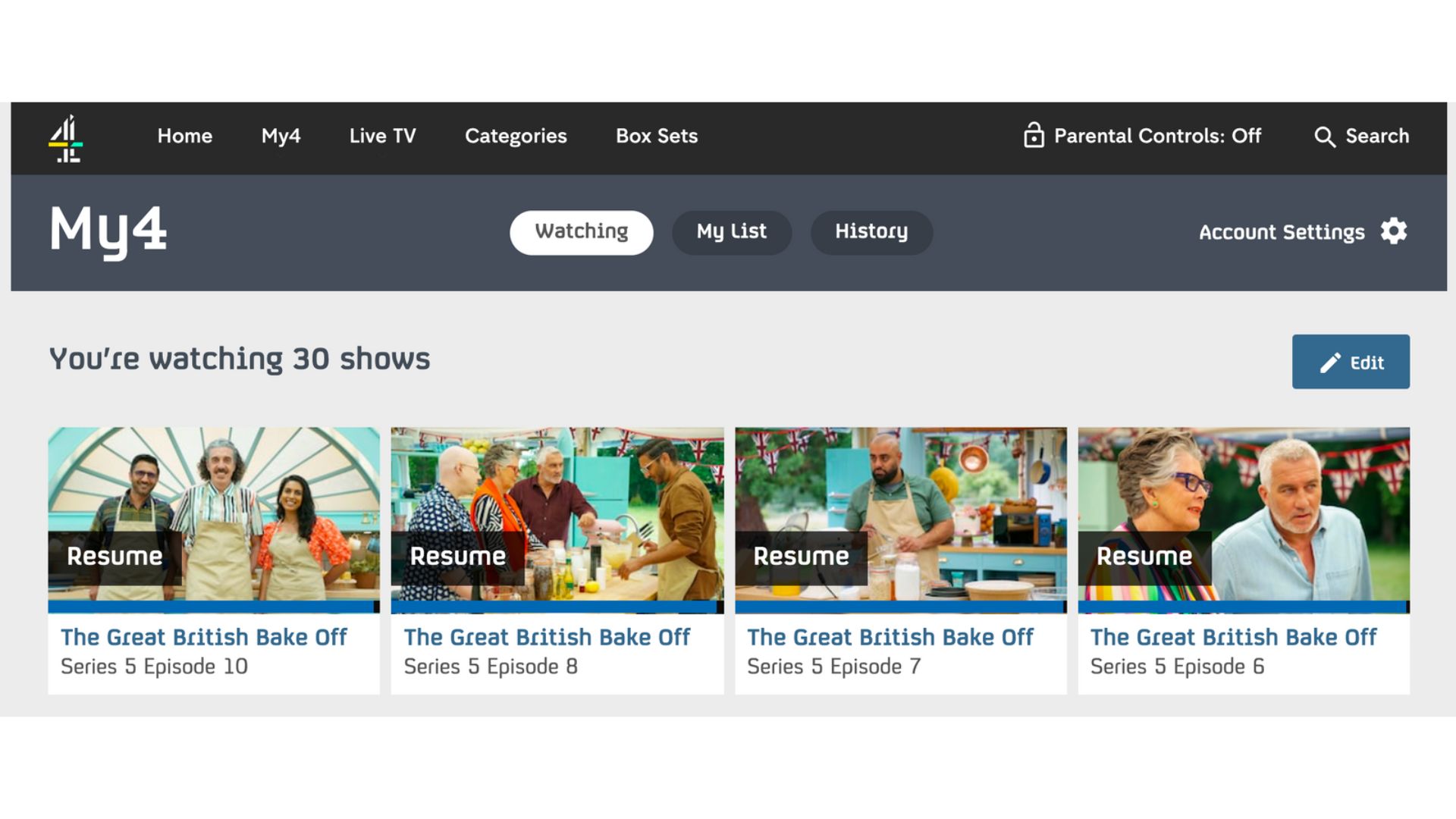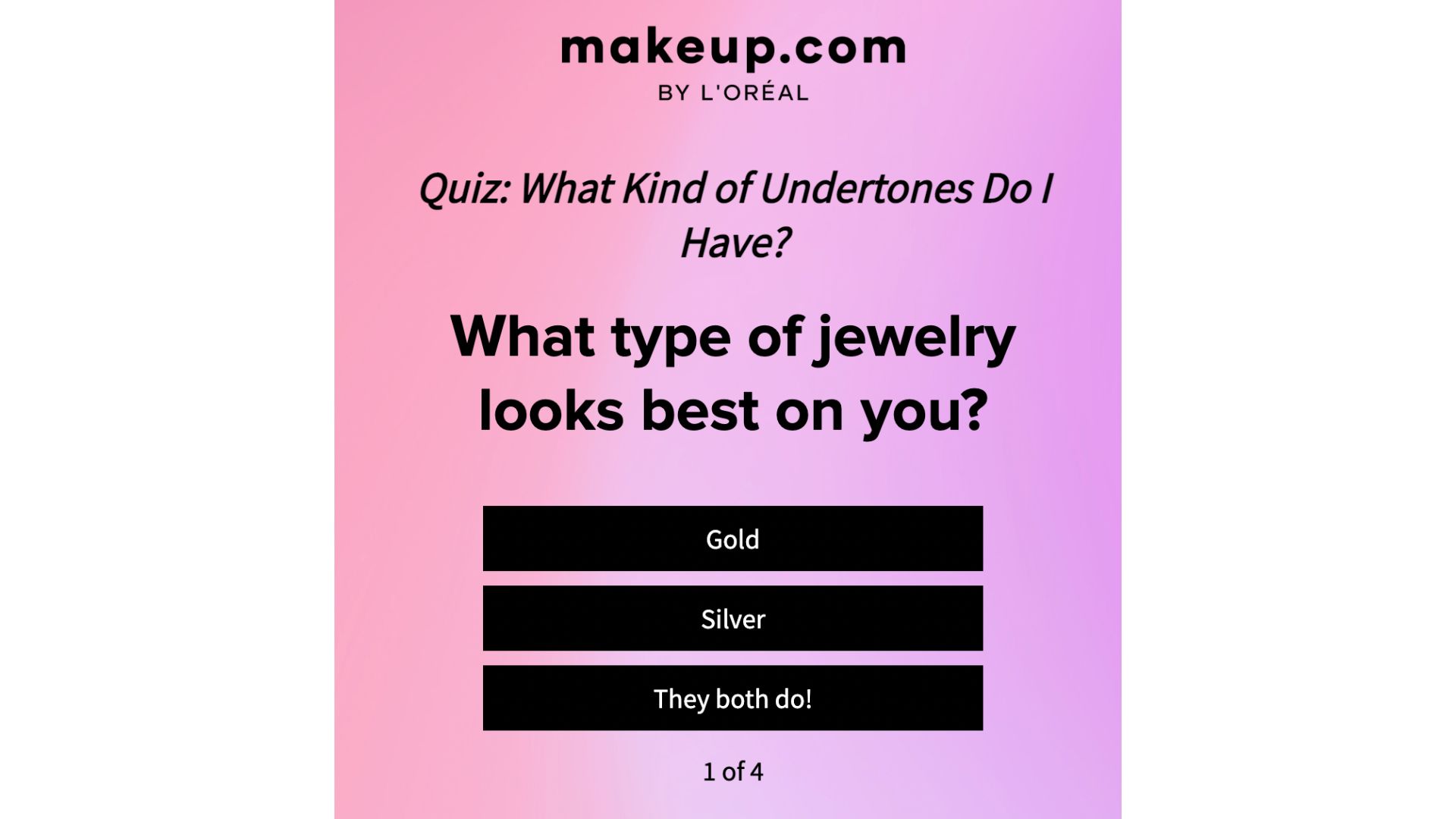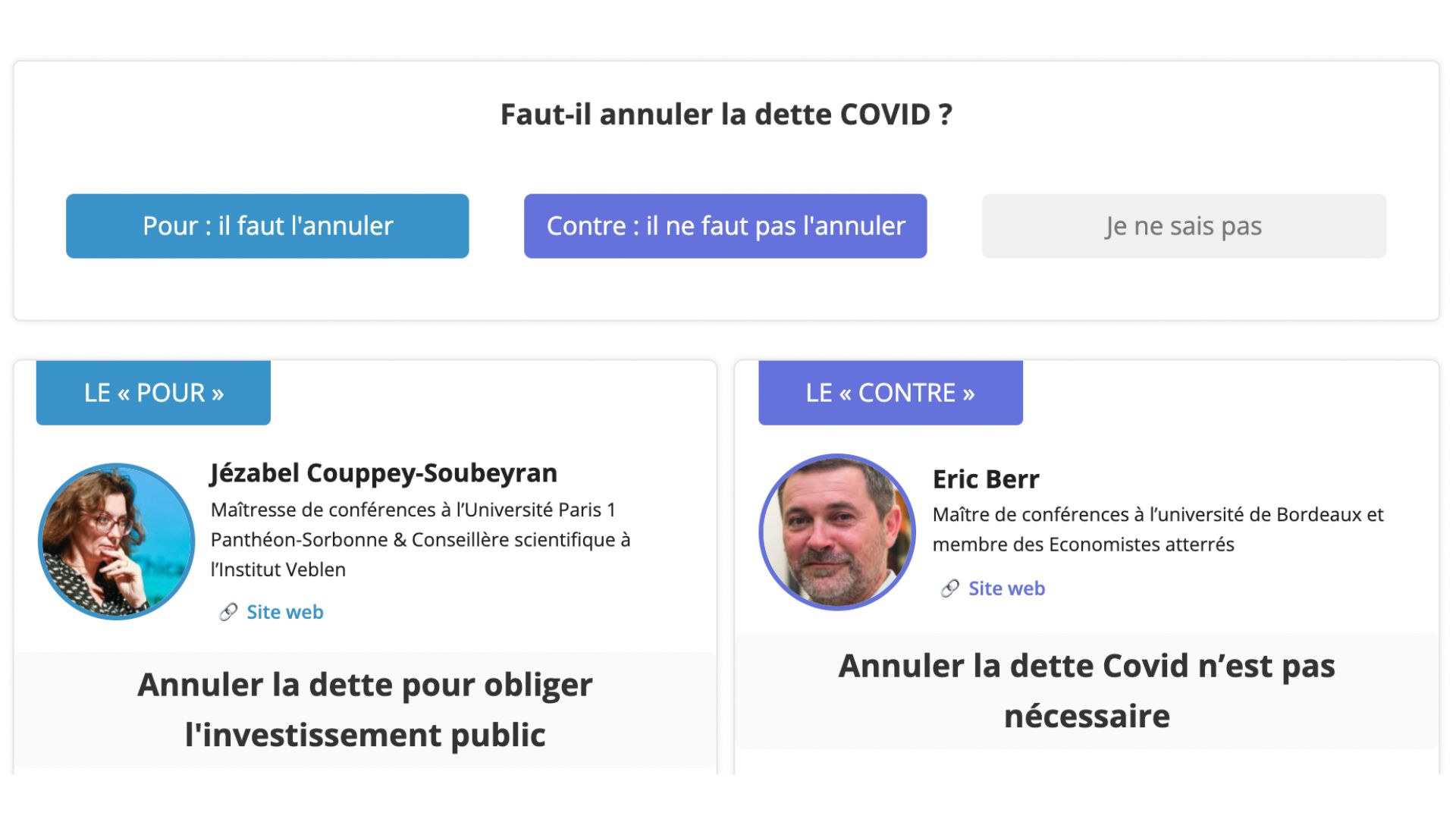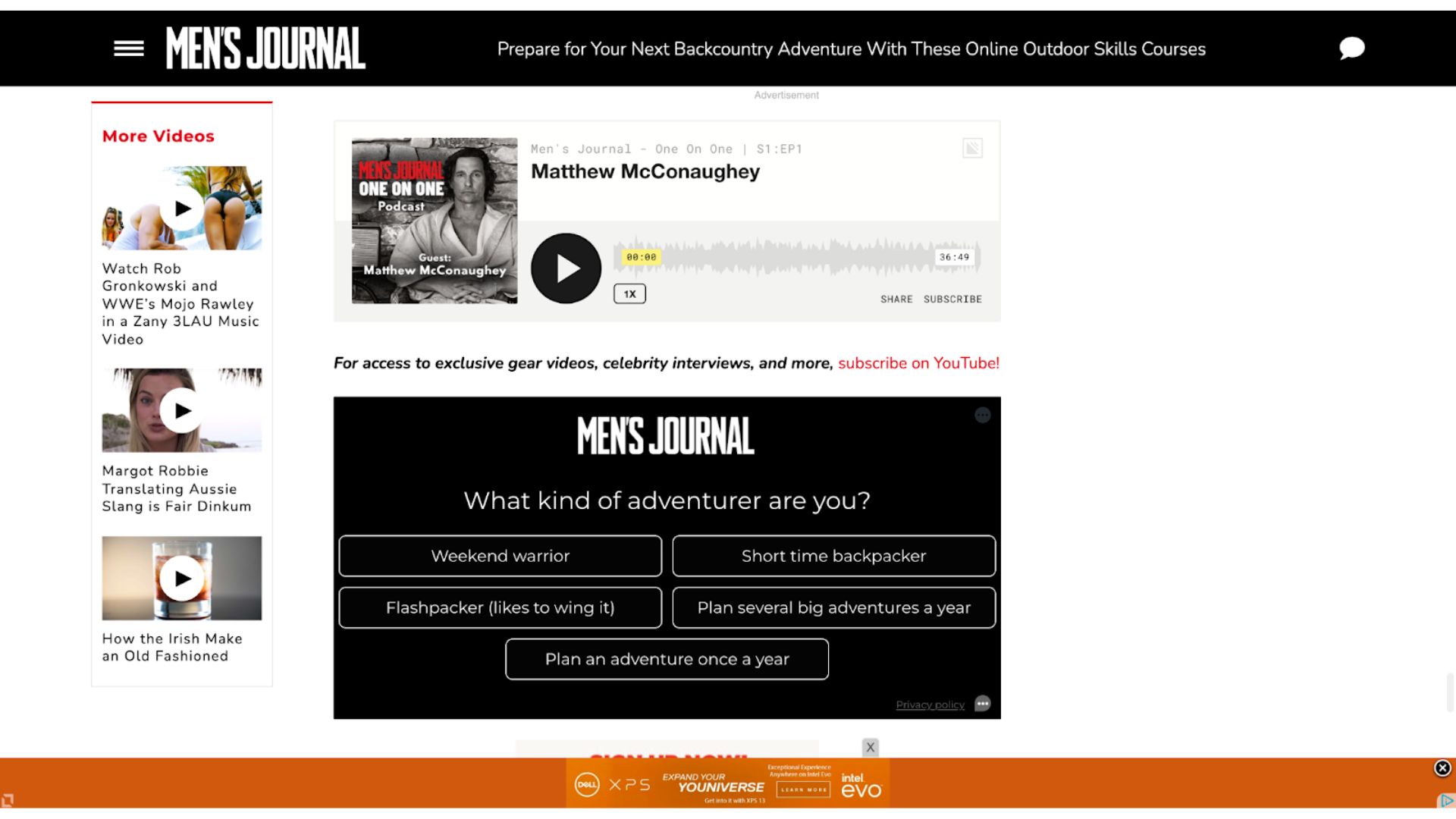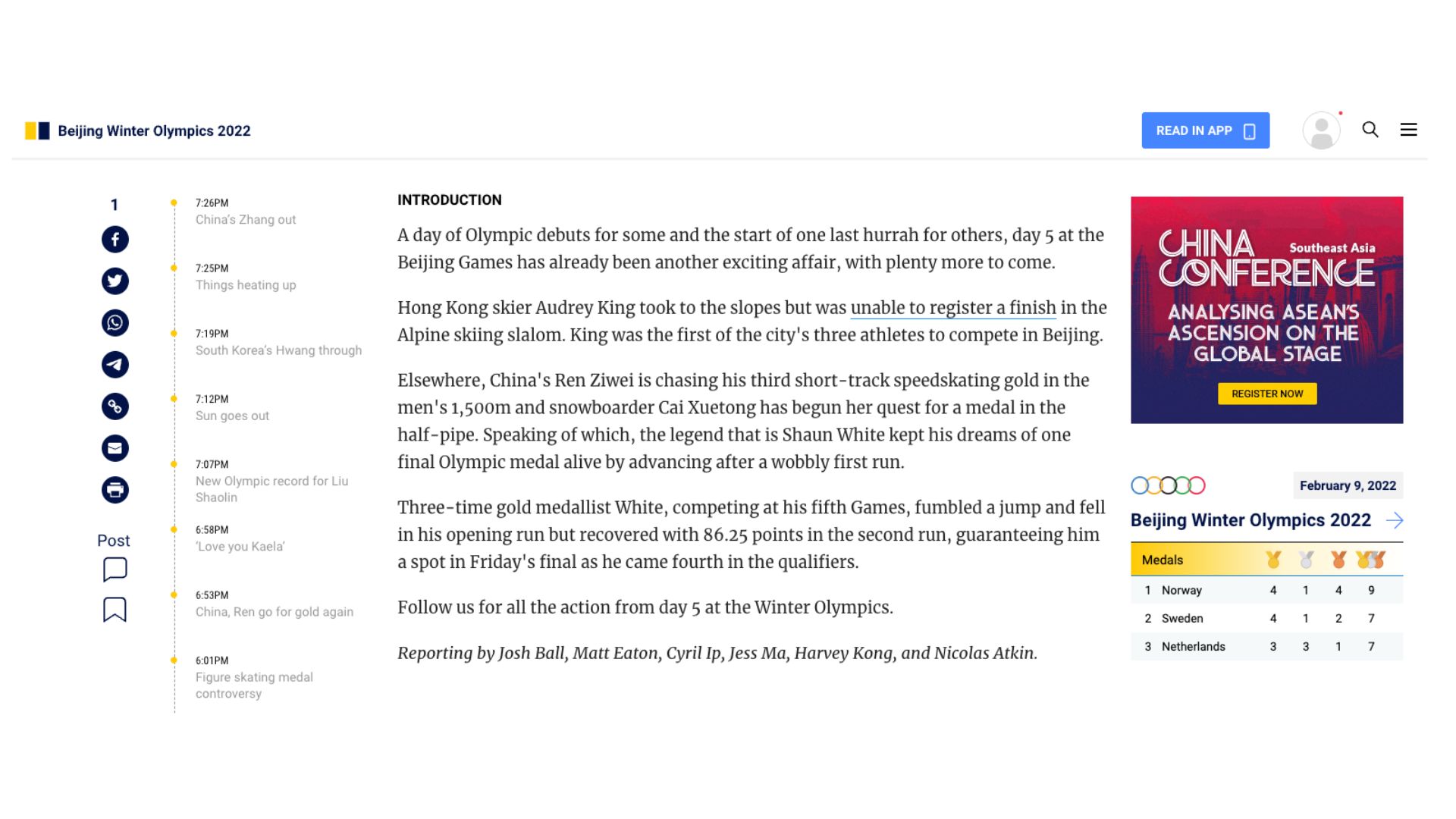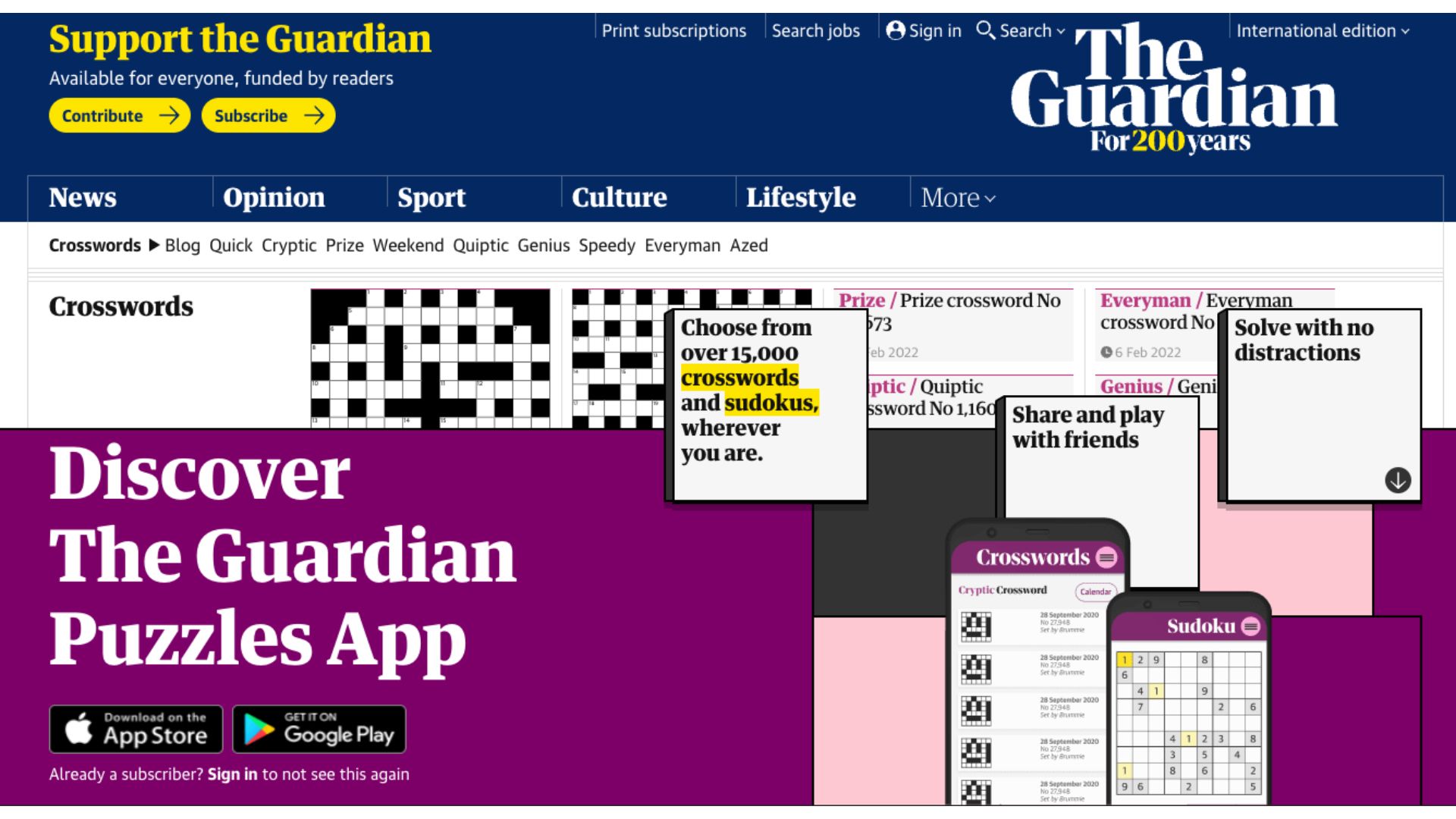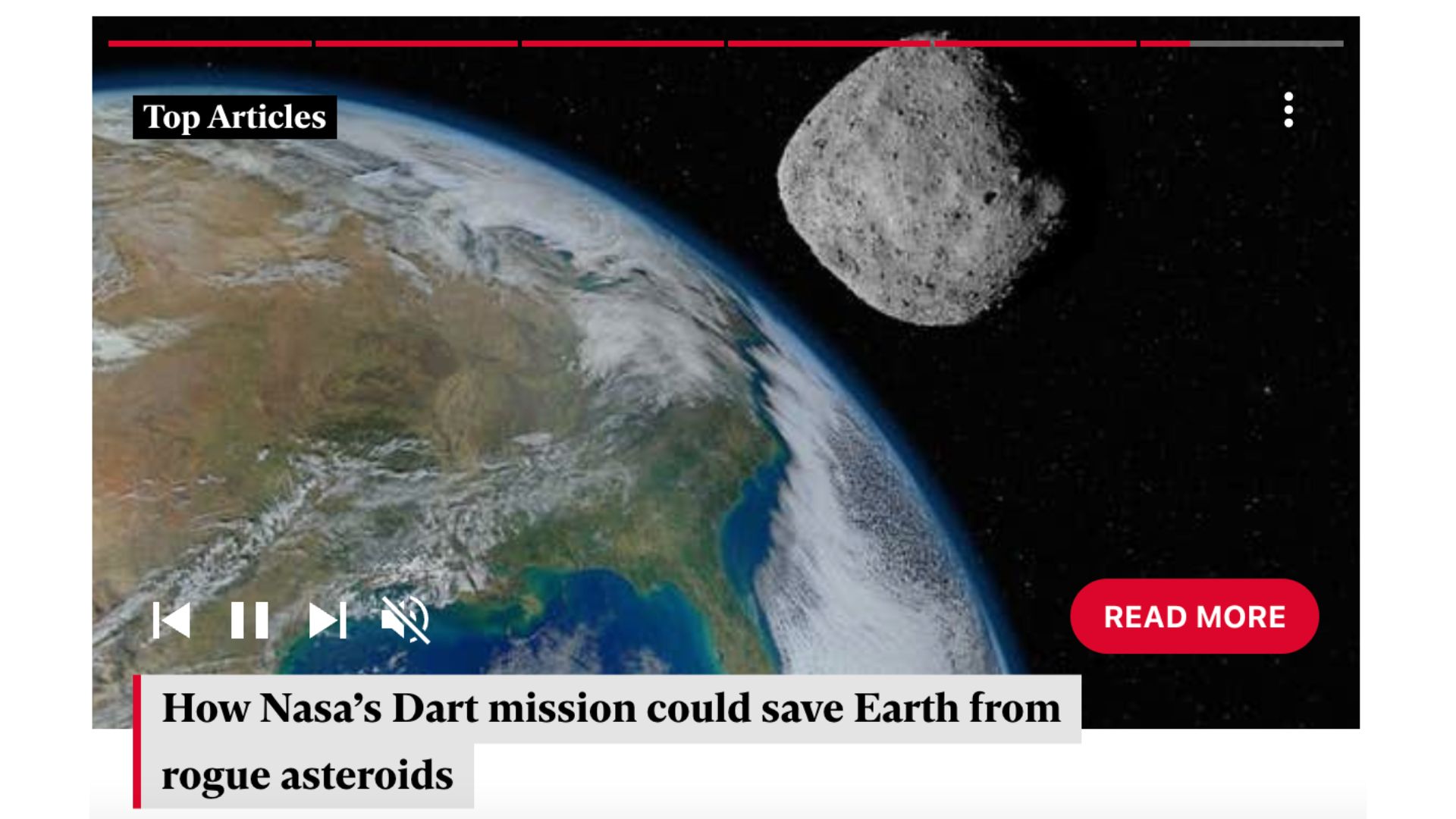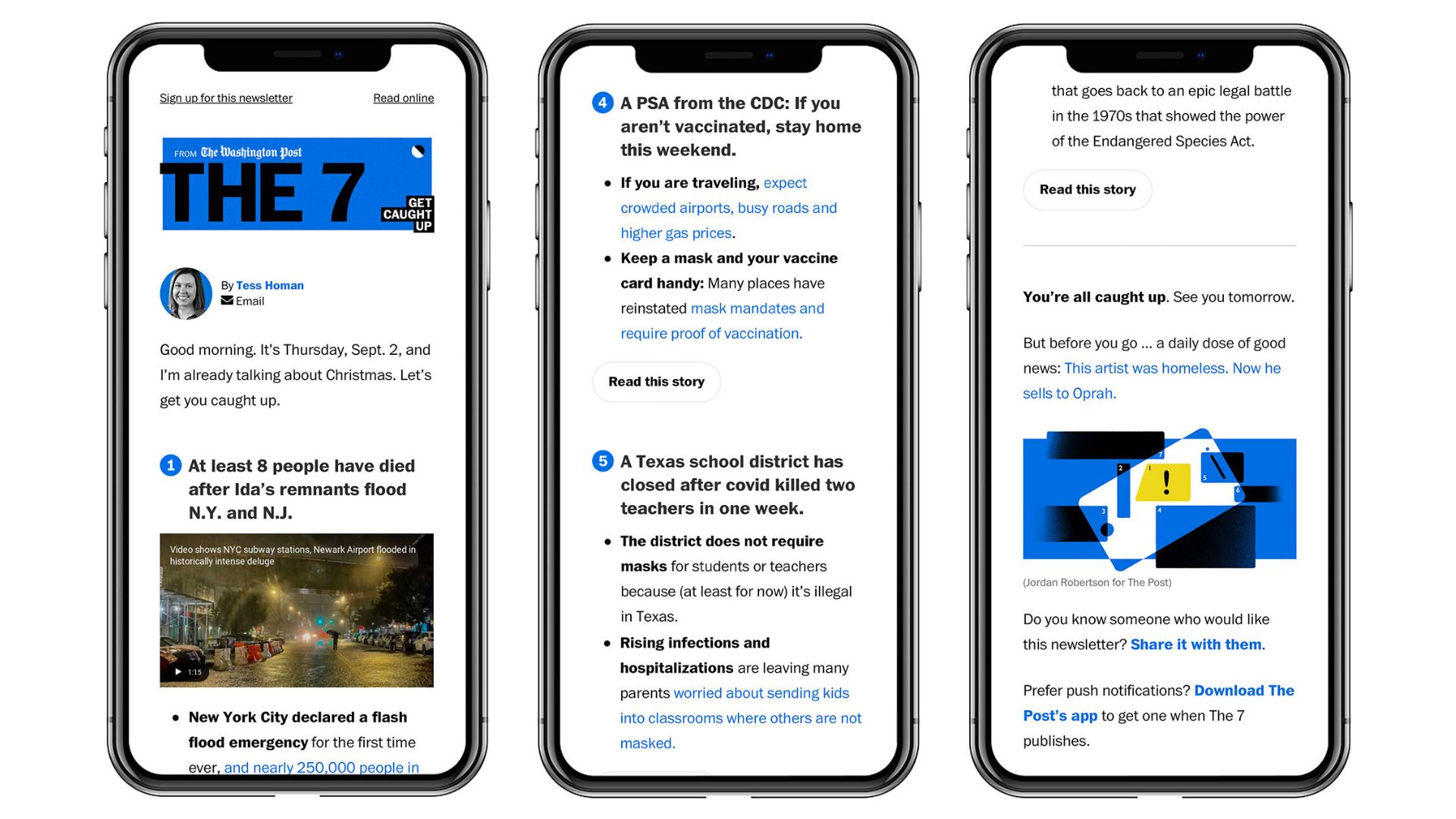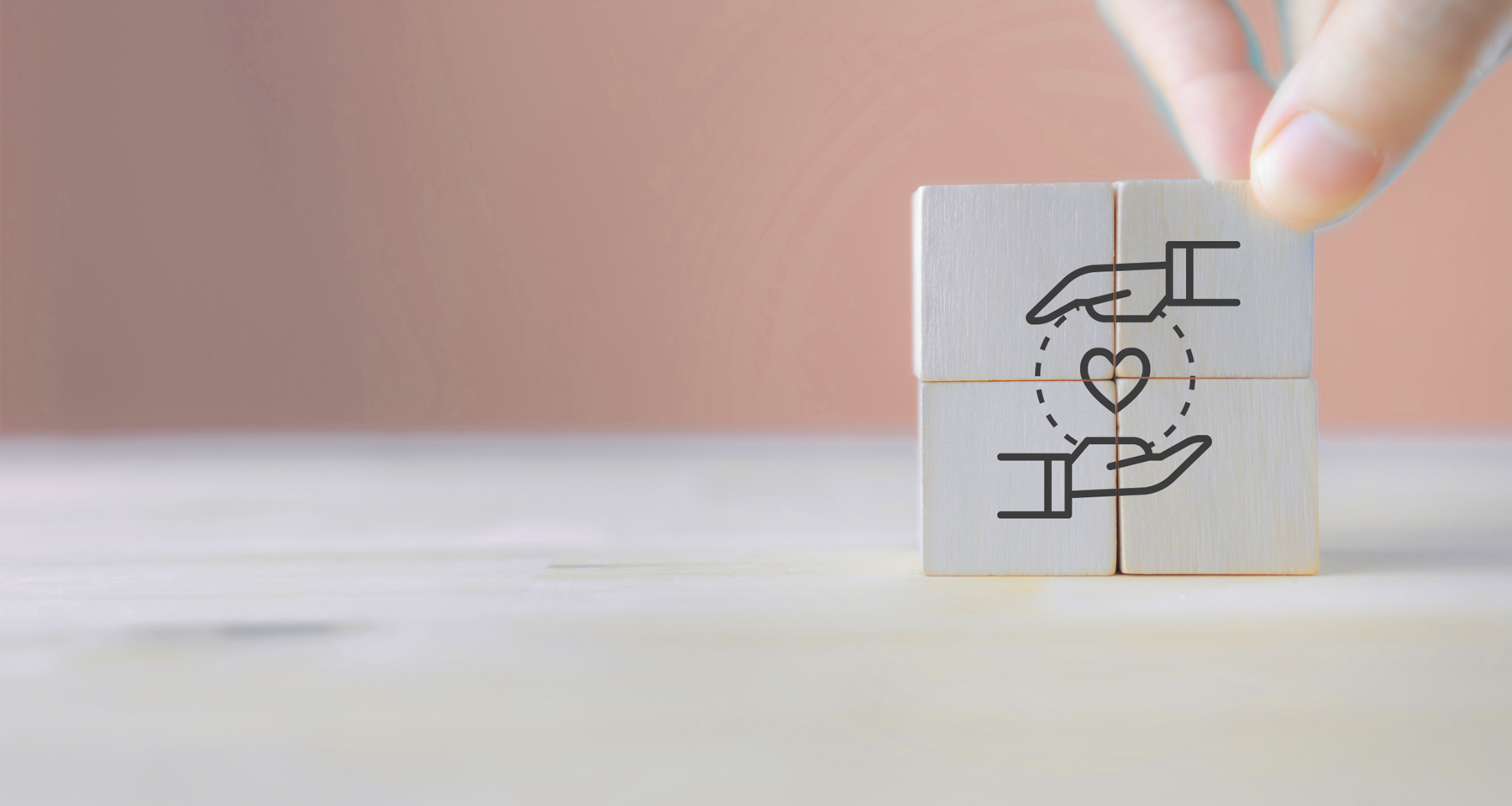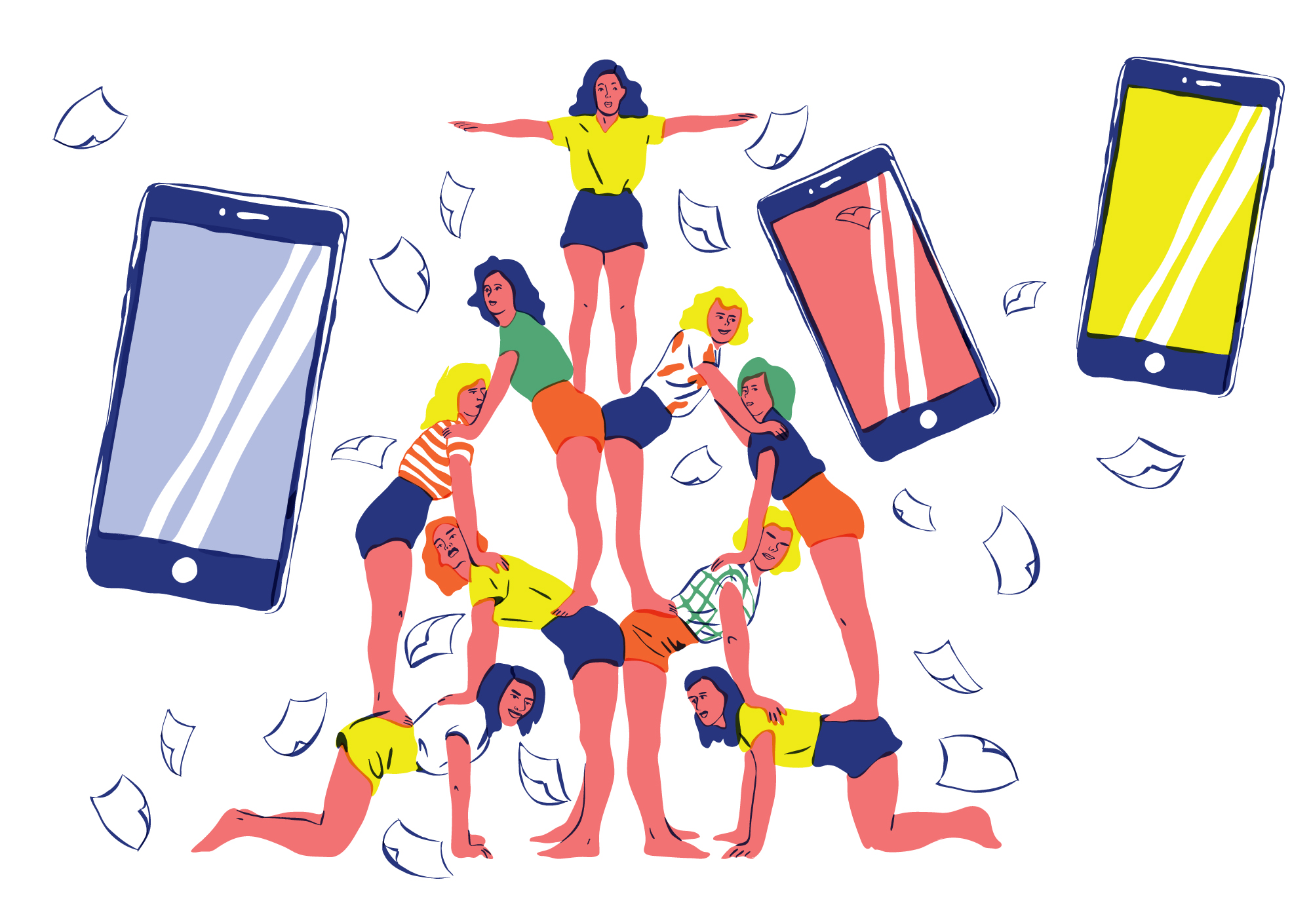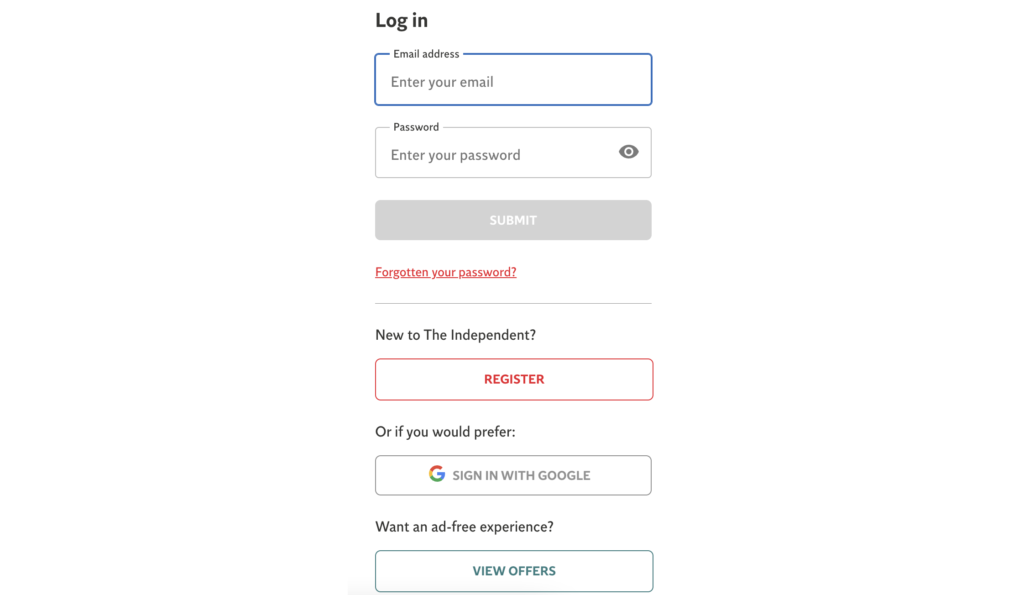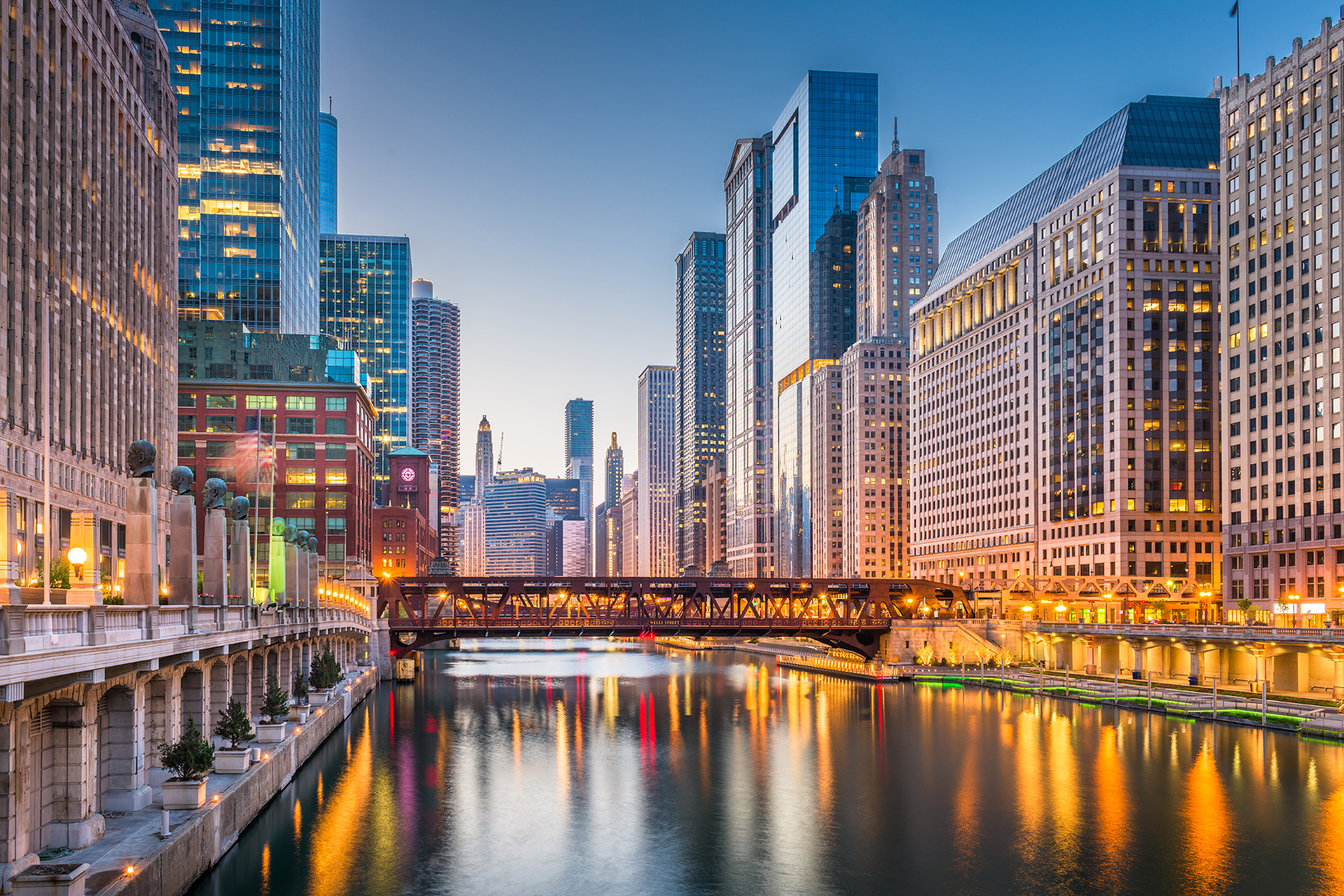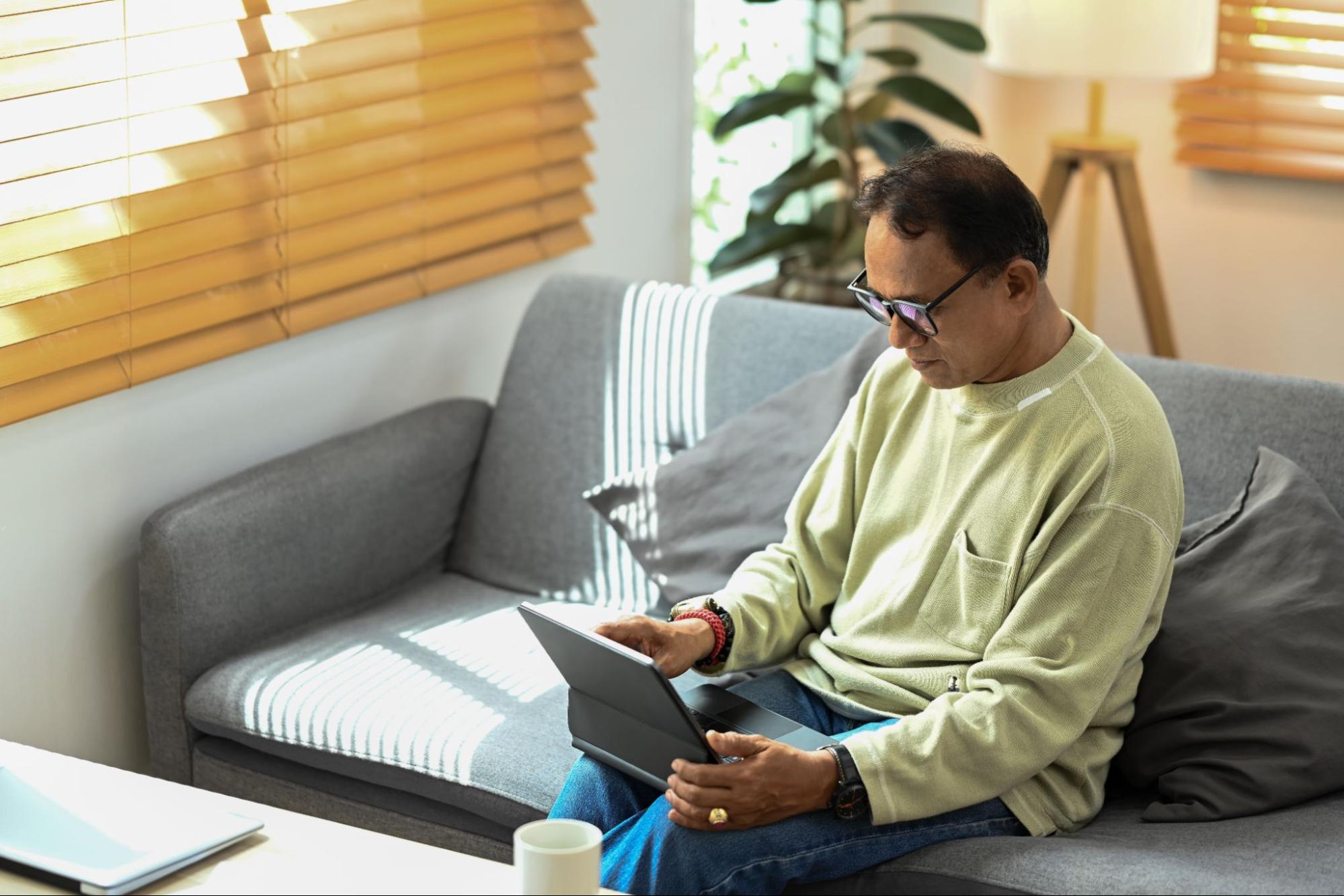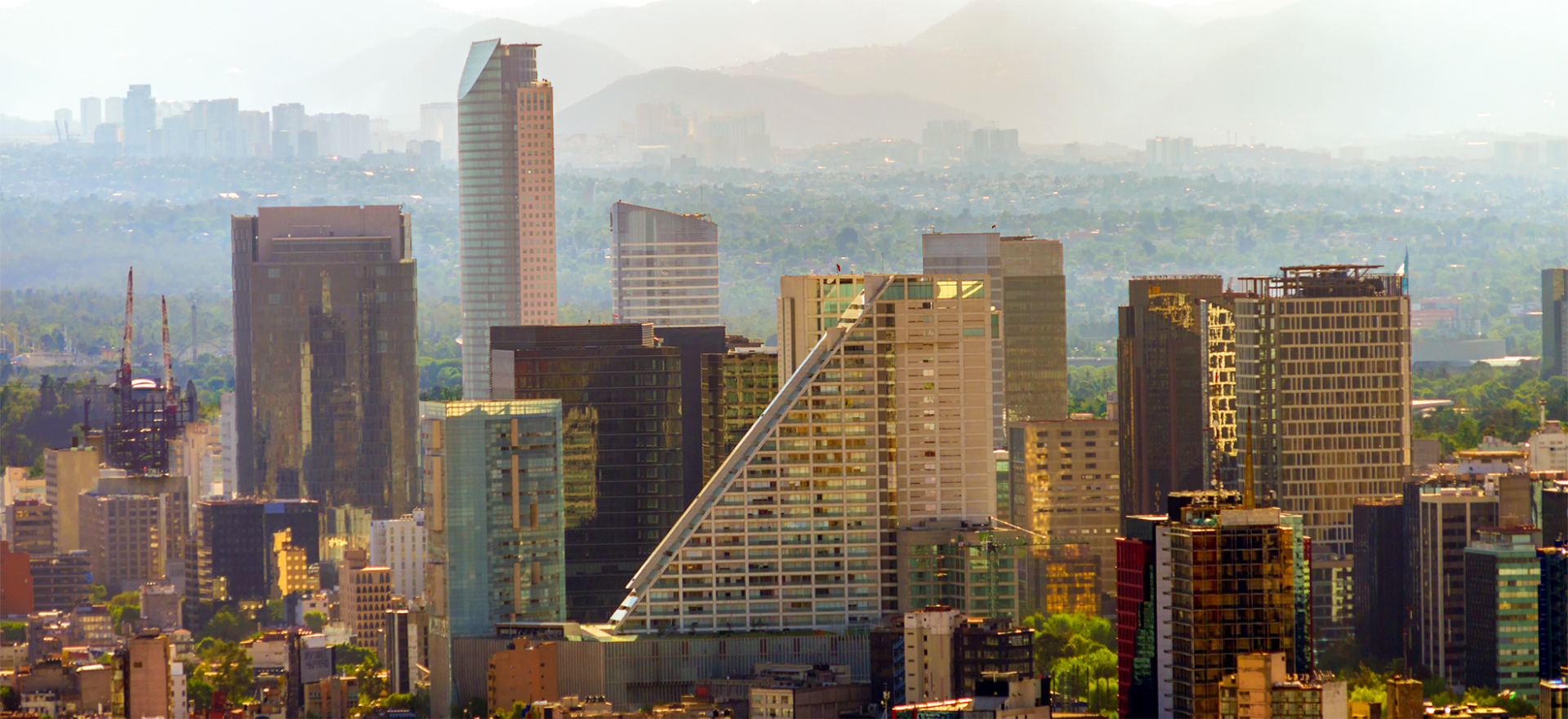While the news cycle is not known for being a constant source of uplifting content, the pandemic brought to light the impact that bad news has on our mental well-being. It’s no wonder new audience behaviours emerged. Ones that, to the detriment of publishers everywhere, would have us sooner look away and avoid the news than tune in to have our days ruined by yet another article about the latest existential threat.
Mental health effect on news avoidance trends
News avoidance is the active or intentional resistance or rejection of news.
Though we are still in the early days of this new behaviour, studies have indicated that people the world over have become more selective of the content they consume. It is a means of mitigating the negative feelings that go hand-in-hand with a news cycle that seems to skew ever more negative, concerning, and depressing.
According to data compiled by Nielsen, in the early days of the pandemic, publishers tracked a 60% global increase in news content consumption. What were the headlines during that period? Stories related to the pandemic, as well as political crises occurring around the world, with more than a few notable mentions belonging to the United States.
As time went on and the headlines became ever more tragic, an overwhelming sense of burnout amongst audiences was being fueled by the news.
In an annual Reuters survey of more than 90,000 participants in 46 different markets, 43% of people said the non-stop barrage of COVID-19 or political news triggered their decisions to embrace selective news avoidance. Additionally, 36% of those same respondents said their moods were negatively affected by the predominantly depressing nature of the news cycle.
Publishers have since then have found themselves in an impossible position: Report honestly on the grim nature of our world’s current events and suffer decreased views, report sensationally and lose credibility, or report on benign topics like celebrity divorces and scandals to keep people entertained but uninformed.
Negativity crushes trust, increasing news avoidance
This is not only a tricky situation for editorial and content teams. News avoidance has also made it difficult to build communities of passionate and engaged followers. It’s even more difficult when the news itself is deemed untrustworthy by misguided or misinformed consumers. The United States, in particular, has to deal with this growing trend. Only one-quarter of US respondents say they trust their nation’s news media.
Audiences will always have thoughts and opinions, particularly when it comes to larger-than-life concepts like the spread of a pandemic or an insurrection to overthrow democracy. It’s natural to want to share those thoughts and open up a discussion about those ideas — this is something that the comment section of an article is quite literally made for.
However, nearly one out of five respondents to the Reuters study said they skew toward news avoidance because sharing their opinions leads to arguments they’d rather avoid.
This goes right to the heart of the challenge that publishers face as they attempt to come up with solutions for their waning engagement and subscription rates. If people don’t feel comfortable expressing their viewpoints, not only will they avoid engaging in open discourse around enticing subject matter, it’s likely they will avoid the content altogether.
How to overcome news avoidance and win over audiences
So, what can publishers do to overcome news avoidance and build thriving communities of passionate readers? The answer is an audience-first, data-informed growth strategy.
By putting the interests of your audience first and creating content aligning with your orgnisation’s values and the goals of your editorial and publishing teams, you’re in good shape to start diminishing the risk of news avoidance.
If you’re able to position yourself as a publisher who delivers high-quality content and makes space for community-based and healthy discourse, you’re on track to winning back your audience and gaining access to valuable first-party data that will further inform your efforts.
Behavioural insights are essential in the current digital publishing landscape. That data can be difficult to acquire without an analytics team, but turn-key solutions do exist:
• Shadow banning against community violators
Platforms built by moderators to help other moderators maintain a positive community are available to you and your teams.
One valuable tool for community moderation is time-based shadow banning. These “timeouts” can be handed out to people who frequently disobey community guidelines and spread toxicity.
Labelling comments can help reinforce those guidelines further: highlight ones aligned with guidelines, note ones that veer off topic with more random postings, and flag those that are outright attacks on authors or other community members.
Through careful and considerate moderation, you’ll be better able to promote cooperative and respectful dialogue among readers. By making the space for discussion safer, you create an inviting opportunity to potential users who may have been avoiding your content as a means of dodging unwanted conflict and toxicity.
• IP lookups to restrict or block suspected trolls
Obviously, publishers need to grow their audiences to stay afloat. A healthy, sizeable viewership is essential for revenue and data-informed learning opportunities — not to mention it is extremely appealing to advertisers and affiliates eager to spend money to connect with those readers.
Unfortunately, if trolls or extremists harass other community members to the point of pushing them toward news avoidance, the quality of the viewership is greatly diminished. Quantity is not better than quality, even when views and shares are important metrics to help boost subscriptions.
Instead, you can use platforms with built-in IP address lookup capabilities to find these bad actors and moderate their posts so they can no longer disrupt the rest of the community. This will also help you avoid inadvertently violating your affiliates’ publishing guidelines and risk losing vital business, which was a hard lesson learned by the people of Parler following January 6.
• Moderate conversations, live events, community chats, and reviews
Finally, use your moderation console to encourage healthy dialogue across all digital streams affiliated with your publication. This can include conversations in the comments section of an article to interactions in live events and community chats. You can even influence the tone of ratings and reviews about your publication to stop misleading negativity from spreading.
The console plugs directly into each of these forums, allowing your entire editorial team to work out of the same space and enforce consistent guidelines across each outlet. Not only does this increase your team’s efficiency and productivity, but you’ll set a standard for your audience about what kind of community they can expect from your publication. This is how you set the stage to build trust and authenticity — two absolutely necessary traits to grow your audience.
While the world is ever-changing and readers adjust the way they consume content, publishers need to be mindful of how to create spaces that can be informative, safe, and encouraging for their readers.









